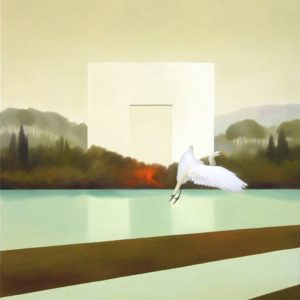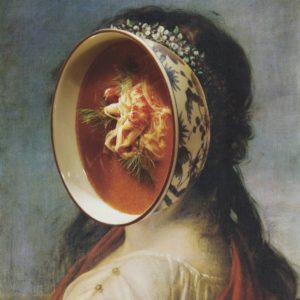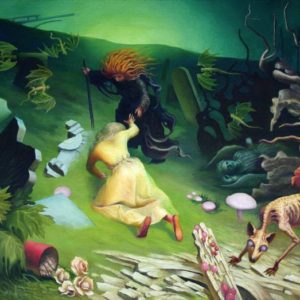Art History 101
Art History 101: Salvador Dalí and the Surrealist Movement
Salvador Dalí was born in Spain, in 1904. Encouraged by his mother to pursue his artistic bent of mind, Dalí attended drawing school and later enrolled in the Real Academia de Bellas Artes de San Fernando. It was after his stint at the Academy that he met Pablo Picasso and Juan Miró and began to develop his own style, which would soon become an essential part of the Surrealist movement.
He once said, “Surrealism is destructive, but it destroys only what it considers to be shackles limiting our vision.” Founded by Andre Breton in 1924, Surrealism was an artistic and literary movement that sought to liberate thought and language through dream-like imagery. Dalí and a few of his contemporaries practiced illusionistic Surrealism, creating works filled with mysterious lighting, receding space, rejection of rigidity, and a sense of loneliness. What distinguished him was the presence of his personality in his works, creating an almost autobiographical presence. In honor of his birthday this week, take a closer look at a few of his best-known portraits and why they’re extraordinary.
Dream Caused by the Flight of a Bee around a Pomegranate a Second Before Awakening, c. 1944
This painting captures a momentous scene in what appears to be a painted photograph of a dream sequence. Dalí’s fascination with dreams stems from his interest in the subconscious mind and Freudian thought, central to his expression as a Surrealist artist. The foreground of this painting is full of dynamic movement, depicting a rifle, tigers, and fish erupting from a pomegranate. The background evokes a sense of mysterious solitude and stillness with the spindly elephant walking across the canvas. Dalí uses the dynamic foreground and solemn background to paint the exact moment before awakening.
The Disintegration of the Persistence of Memory, c. 1952-54
This work by Dalí modifies his most famous earlier works, entitled Persistence of Memory. In this version, the surrealist landscape has been flooded with water, illustrating the ongoings under and above the surface via a earthen, muted palette of colors. As the painting disassembles itself into floating and sinking forms, Dalí highlights the power of destruction in a dull landscape symbolizing the relativity of time and space.
Lobster Telephone, c. 1938
Salvador Dalí created this iconic surrealist object for Edward James, a leading collector of surrealist art. Composed of a working telephone and a plaster lobster, this sculpture became the face of Surrealism and one of Dalí’s most famous works. The use of a lobster had appeared in many of Dalí’s earlier works, forming a conversation between his sculpture and paintings. Alluding to sexual connotations, like the lobster used in his Dream of Venus, this sculpture represents Dalí’s interest in subconscious desires and Freudian thought.
Hallucinogenic Toreador, c. 1968-70
This painting, completed in 1970, takes the viewer into a bullfight arena where numerous scenes overlay each other. Dedicated to his wife Gala, Dalí alludes to her dislike for bullfighting, incorporating a representational portrait of her with a serious expression in the upper left corner of the painting. Similar to The Disintegration of the Persistence of Memory, this work also has elements of visual fluidity and quasi-hypnotic forms seemingly melting into one another. Quintessentially Dalí in every way, this painting reveals more layers and figures the longer one looks at it.
All of Dalí’s works fall in accordance with his notion that, “I am creating with an absolute naturalness, without the slightest aesthetic concern, I am making things that inspire me with a profound emotion and I am trying to paint them honestly.” Salvador Dalí continued to paint throughout his life. His passion for Surrealism and symbolism inspired numerous artists, as his works took the movement far beyond his home in Spain.
Artists today still draw inspiration from Dalí’s style. We’ve put together a selection of works that pay homage to Dalí, from emerging Saatchi Art artists from around the world.
Love reading about all things art? You can have articles from Canvas, curated collections, and stories about emerging artists delivered straight to your inbox. Sign up for the Saatchi Art Newsletter.















